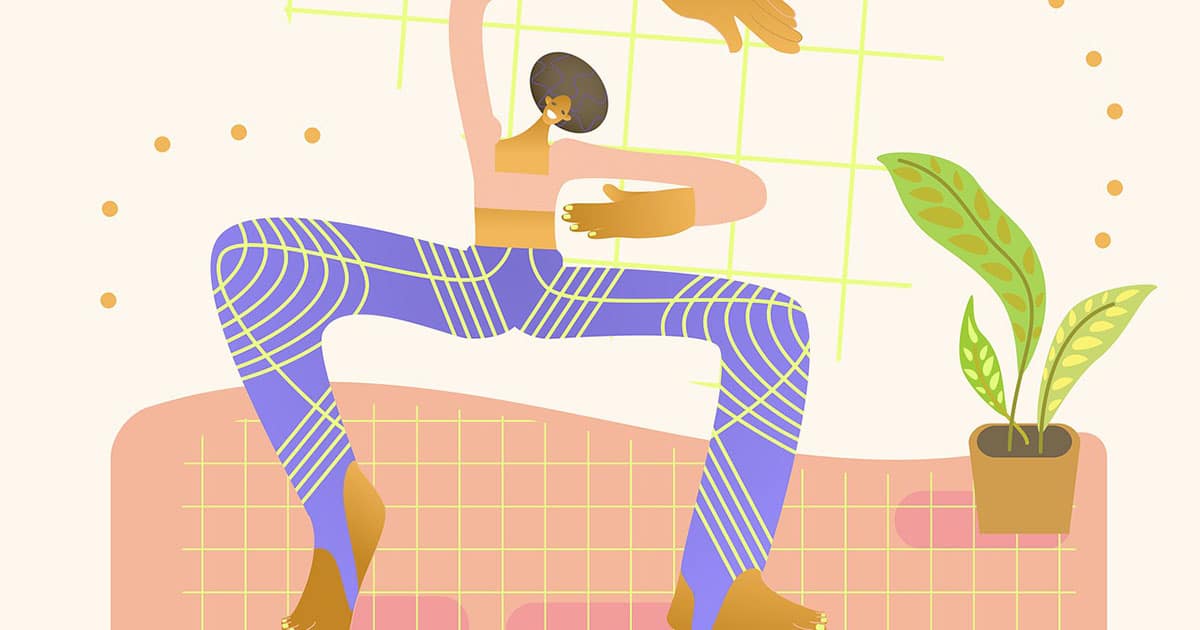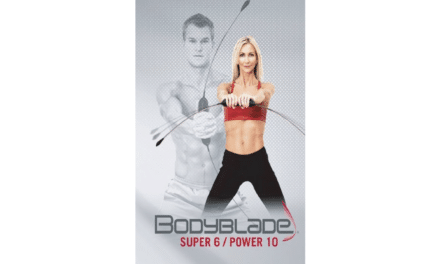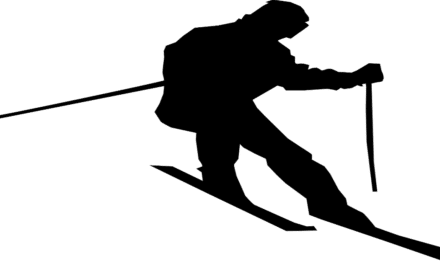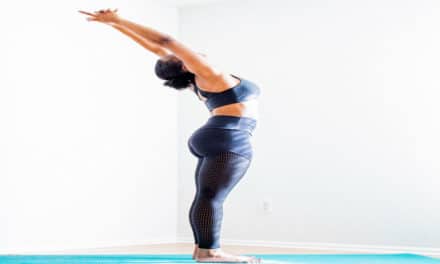Something I thought I would speak about is a group of muscles typically neglected, the pelvic floor muscles or PC. Kegel exercises help strengthen these muscles; however, people commonly associate them with females instead of males. Healthline’s article “Kegel Exercises for Men: Do They Work?” explains that men and women have PC muscles. These muscles support pelvic organs, including the urethra, bladder, and bowel, helping keep organs in place, and promoting bladder control and sexual function. As people age, the PC muscles weaken over time and become stretched, negatively affecting bladder control and sex life.
The Importance of Kegel Exercises
While the article does not mention this, it makes sense for me to work out a muscle that can weaken over time. As people with muscular dystrophy can have their muscles weaken faster than other people, making sure they activate underused muscles to slow deterioration is something I find essential. Preventing deterioration can help increase mobility and improve one’s health. Additionally, if we have better control over our bladder and bowel movements, these benefits may translate into other muscles and areas of our lives. The exercises are also valuable for developing muscles surrounding the hips, glutes, and thighs. I also believe in the connectivity of all muscles and areas of our body. Kegel exercises provide me with an avenue to improve my pelvic muscles’ health, allowing me to appreciate the connectivity and cruciality of the body’s connectivity.
Examples of Kegel Exercises
The examples I will discuss come from Zero Fat Fitness’ “7 Best Kegel Exercises for Women. How To Do Kegel Exercises for Women.” I know it says it is for women. Still, in my experience, these exercises are also useful for men.
- First, it is essential to become aware of the pelvic floor muscles. The article states that stopping your urine midway is a great way to feel these muscles. I try to constrict my glutes, inner groin, lower core, and top of the inner thigh to help me use these muscles. The exercise involves you contracting and holding these muscles for 5 seconds and releasing them for another five seconds. This is one rep; you should aim to complete ten reps of the exercise. The article recommends doing ten repetitions of this exercise each day, but I tend to do these exercises once or twice a week for the long term. Make sure you are not exhausting your muscles, and if you feel you can hold it longer and do more reps, be my guest.
- This next exercise is the Bridge Kegel Exercise, commonly known as a glute bridge or hip thrust with holds. To do this exercise, lie on your back and keep it flat on the floor. Bend your knees so your heels are as close to your butt as possible. After that, lift your glutes off the floor and hold them at the top for a few seconds. Then, lower your glutes back down to the ground and start again. It is recommended to do 15 reps and three sets, taking sufficient rest time (about 30 seconds to a minute) between sets.
- The next one is called Tabletop Split Kegel. Start by lying on the floor with your back flat to the surface. Raise your legs and bend them at the knee, so your calves become parallel to the floor. Before going any further, place your hands on the floor beside you to maintain balance. Then, open your legs and stretch them as wide apart as possible before bringing them back together. Your legs stay in the same position, but you move them to the side. I like adding a rubber band to this exercise to increase the intensity. The goal is to complete three sets of 15 reps for this exercise.
- The fourth exercise I will be covering is the Bird Dog Kegel Exercise. To begin, get down on all flours with your palms and knees on the floor, keeping your elbows locked. Make sure that you are not dipping or arching your back for the duration of the exercise. Then, stretch your right hand forward and kick your left leg backward. After that, do the same for the left hand and right leg, which completes one rep. You can also perform this exercise with a rubber band if it is easy. Try to complete three sets of 15 repetitions. I will emphasise the need to ensure you are not exhausting your muscles, as this can cause excessive breakdown for those with muscular dystrophy.
- The Clamshell Kegel Exercise is one of my favourite exercises I believe I have covered in another blog post. First, lie on the side of your mat with your knees bent. I would encourage you to make yourself feel comfortable. I like to lay my head on my arm. Then, raise your leg on top to the side of your leg, ensuring you keep your back in the same position you began with, as this reduces your ability to compensate. I perform this exercise with a rubber band for increased intensity. Try to complete 15 reps of this exercise for three sets. If it is hard to visualise, the link above takes you to the website, where they show images for each exercise. You could also look them up on youtube for videos.
- For this with muscular dystrophy, I am going to provide a variation of the next exercise, Squat with Pelvic Floor Lift. The traditional exercises involve going as deep as you can into the squit and then squeezing your pelvic floor muscles for a few seconds before going back into the standing position. You could do a light squat while holding onto a wall or anything else or slightly bending your knees and contract these muscles. You could also do a normal squat while holding onto something in front of you, assuming this does not cause any pain or cramps. I like to put myself into the bottom squat position without doing a squat and then to contract these muscles as I believe this is a safer way for me to perform the exercise.
- The final exercise I will be covering is the Toe Tps Kegel Exercise. It involves you lying on your back and raising your knees so that your feet are off the floor and calves become parallel to the ground. Make sure to keep your hands on your sides for added balance. Lower your right leg with the inhale until your toe can lightly tap the floor. Then, exhale and lift your leg back to the starting position. After that, complete the exercise with the other leg for three sets of 10 reps.
Final Word About Kegel Exercises
My experiences with kegel exercises have shown benefits for my overall strength, I have gained better bladder control, and my bowel movements are much better than they were a few years ago. It has also helped both loosen and strengthen the area around my hips, and I noticed that I am also able to activate my hips and glutes easier whenever doing so is necessary. I have found numerous exercises that work the pelvic floor muscles, but these exercises are easy to target these muscles and get started. I would encourage experiencing them for yourself to see if these exercises can benefit you. I hope I was able to create some awareness and understanding around kegel exercises and their influence on our lives.





